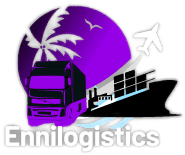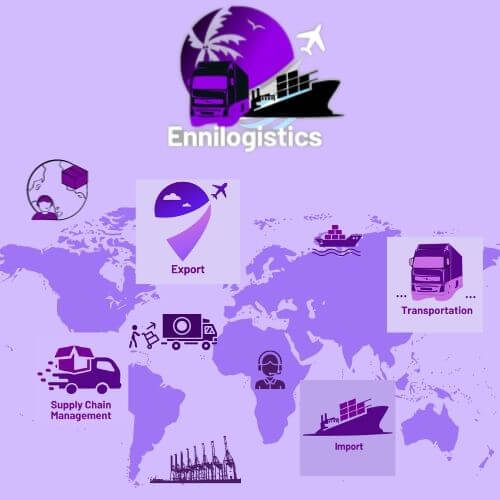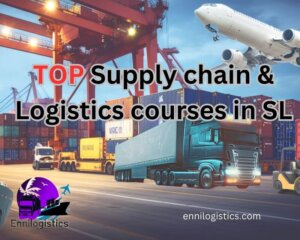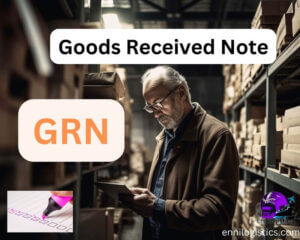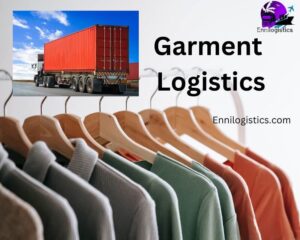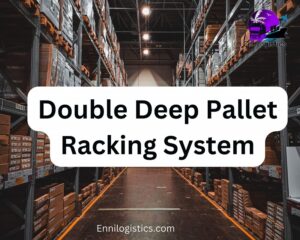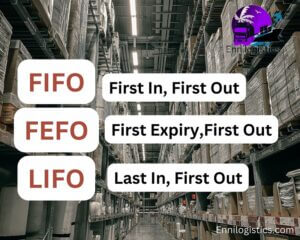Entrepot Trading is a famous method of international trade in the world. Here we are going to identify the meaning of entrepot trading and the difference between transshipment, export, and other valuable details regarding entrepot.
What is Entrepot Trading?
Providing facilities to import cargo and re-export the same cargo to a third party without paying duties and taxes. That concept is called entrepot trading. In this case, need to do a value addition of at least 30% for getting an advantage for entrepot trading facilities such as duty-free facilities. The percentage of value addition may vary from country to country. value addition is done at an intermediary port in which the country imports and re-export as an entrepot trading.
Example for Entrepot trading

Country B is doing entrepot trading.
Country B is importing goods from Country A.
Doing modifications or value additions in country B’s free trade zone.
Re-export the shipment to country C by using another vessel.
What are the Benefits of Entrepot trading?
- Entrepot cargo not applicable for custom duties and other taxes
- Ability to import goods without import control licenses
- Re-export the goods with value addition
- Can fulfill the buyers’ requirements like packing and relabeling
- Increase national revenue
- Transferring goods and transactions can be done from one country to another country without coming to the home country
- With the switch bill of lading can be done transshipment to relevant cargo to a third-party country
Some of the goods are not permitted to Entrepot trading. Next, we will discuss them.
What are the goods prohibited from Entrepot trading?
- Arms and ammunition
- Narcotics
- International conventions mentioned prohibited goods for entrepot trading
Importance of Entrepot trading?
Reduce the ship sailing the whole distance of the shipping route-This means the ship can unload the goods and sell their goods to another ship during the voyage. So long distance routes reducing by exchanging goods from one ship to another by entrepot trading.
What is the difference between transshipment and entrepot trading?
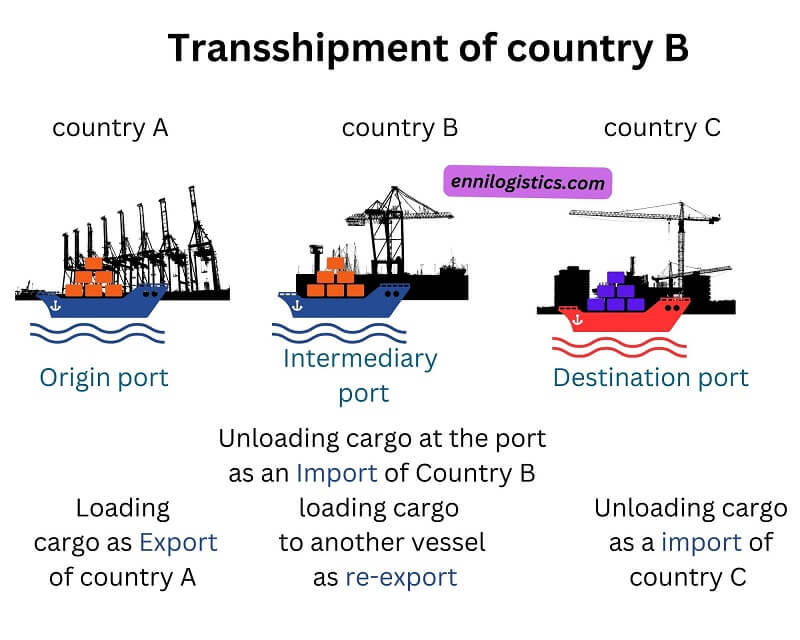
Transshipment and entrepot trading is the same when looking at them in basics. Both shipments are coming from a country and the cargo is re-export to another country. But the concept is different. Transshipment cargo imports to the port and without any value addition or modification the same cargo are re-export to another country. Normally transshipment cargo is allowed 21 days of free storage facilities from the date of import. But free days of transshipment cargo vary from country to country.
But entrepot trading there is import as well as need to do value addition to the cargo. Such as relabeling, and packaging, at least up to 30% of goods value need to do value addition. Then can get the advantage of the entrepot trading facilities such as duty exemptions.
after importing goods to the country goods transfer to a duty-free zone that is near to port or within the port area. Adding value to the imported goods and you can re-export the shipment. There is a specific free time period for exporting the value-added items or modified items, if exceed the free days need to pay storage chargers.
What are the similarities between transshipment and entrepot trading?
Both concepts have import and re-export processes in an intermediary port of origin port and destination port.
What is the difference between entrepot trading and export?
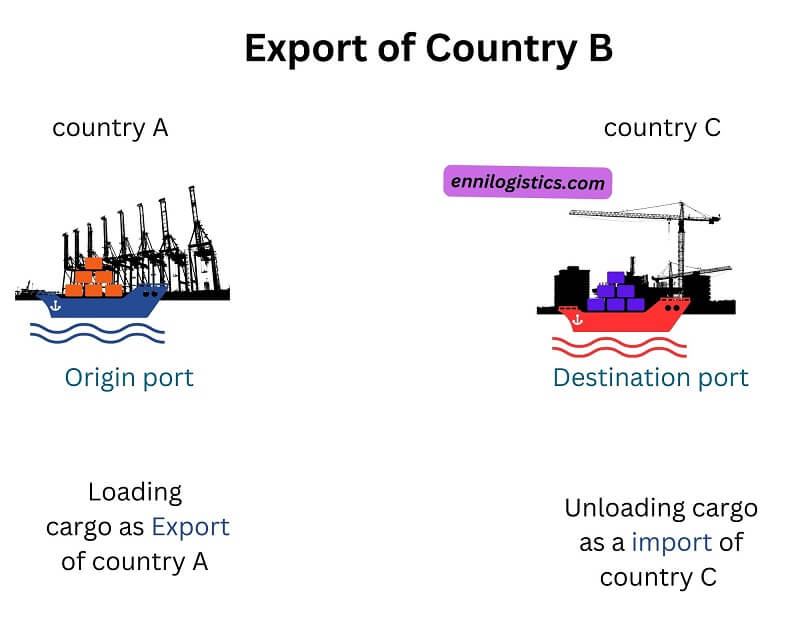
The simple meaning of export is goods sent to another country(foreign). We can say in another way export as a goods transport to out of the country. Goods receiving the country shipment as imports. According to the above example, you can see country A is an exporting country. Exporting goods are products or items or raw materials of a country A.
It means exporting goods belonging to that country. Country A’s goods are exported to country B directly. Without the involvement of an intermediary port of a country. The same product definitely receiving in country B.So there is no value addition or modification during the voyage.

When considering entrepot trading there are 3 countries involved. According to the above example. Country A, B, C. There is a value addition process in the intermediary port or country. Ultimately country A sends the product sending to country C with a value addition. Country C receiving the product is not the same as country A has sent products. It is a little different from the original products due to value addition.
Post you may like to read,
(MCC) Multi Country Consolidation: Everything you need to know
What is Third party Logistics(3PL)?:Everything you need to know
What is (NVOCC) Non-Vessel Operating Common Carrier/Co loader?
